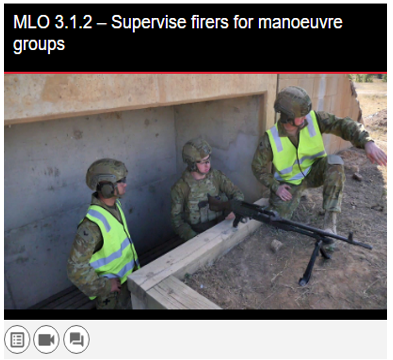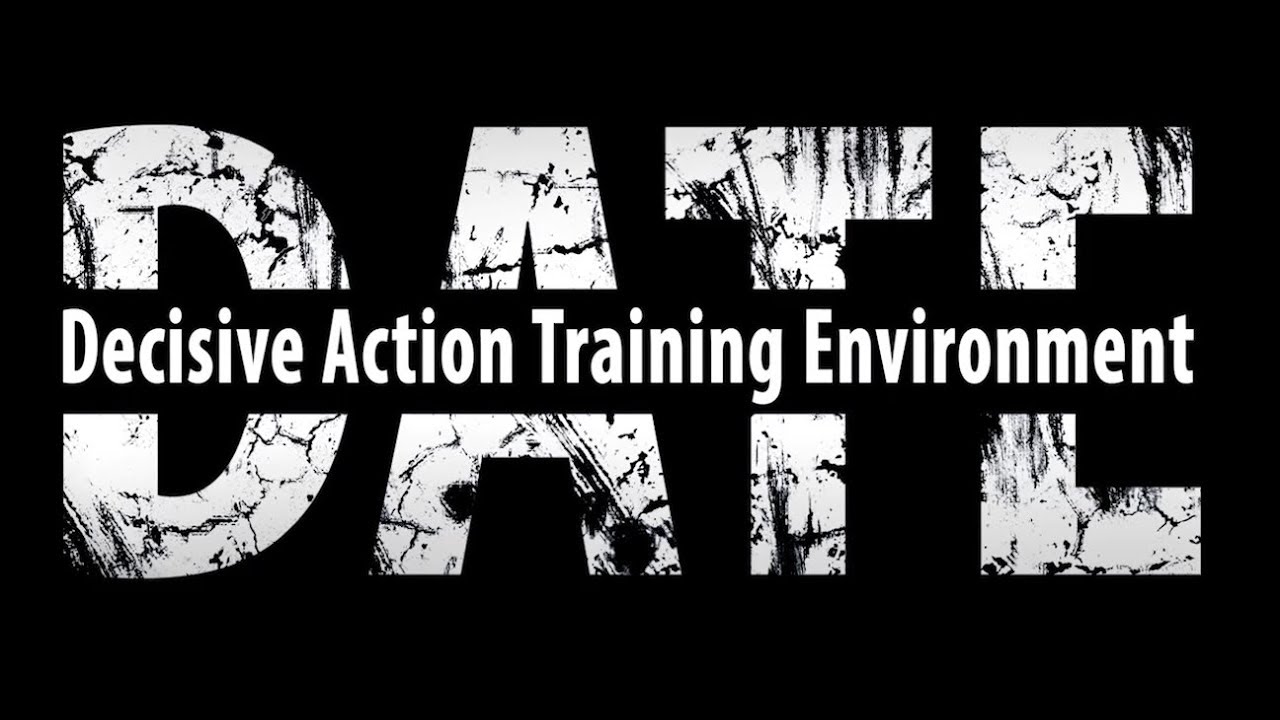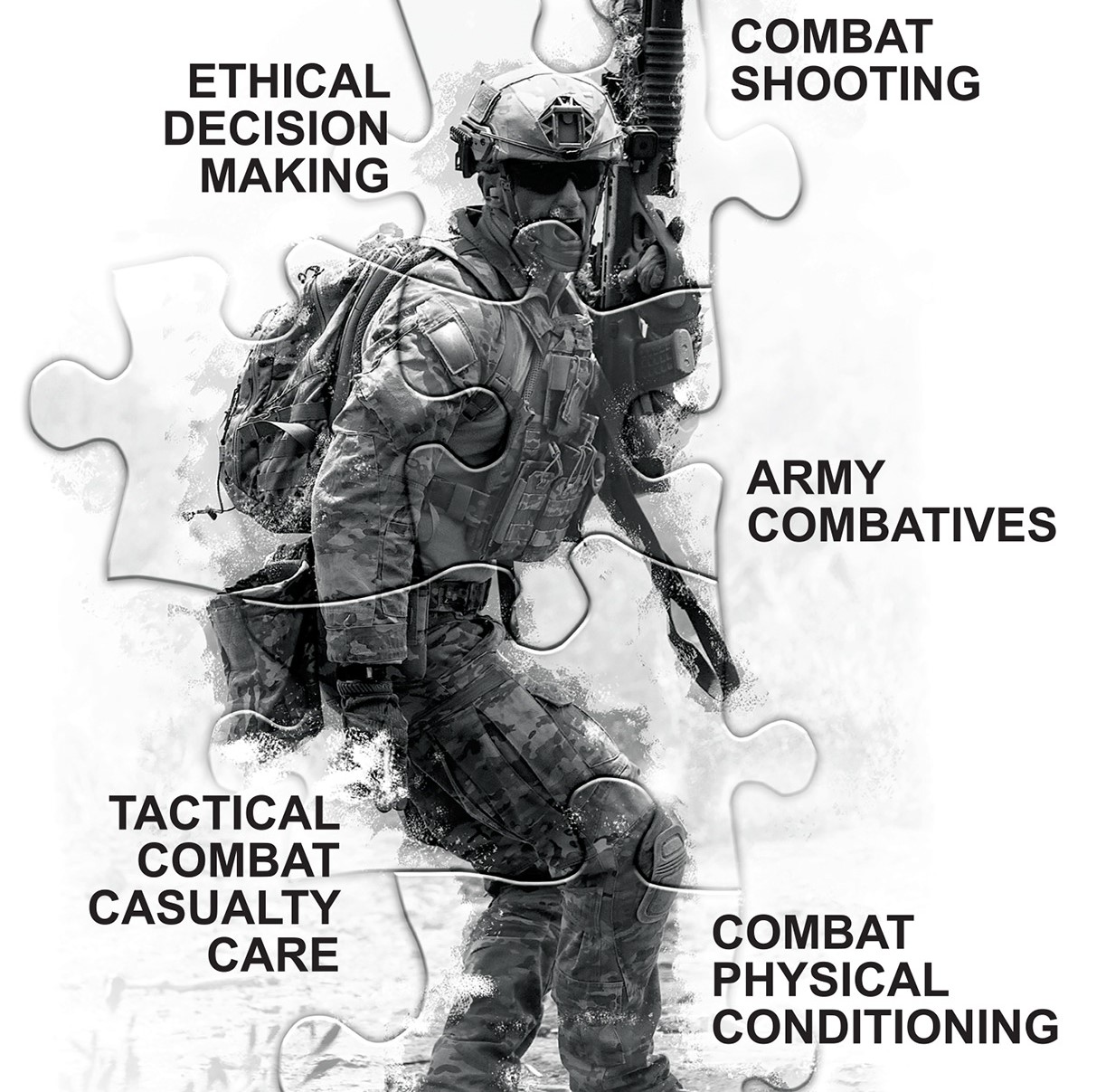The Australian Army needs a ‘Training Transformation’. Our current training system largely follows a formula of receiving instructor-led teachings in a classroom-based environment, demonstrating some practical application of newly acquired knowledge and, having progressed through a pre-determined Learning Management Plan, being deemed competent or otherwise to apply this knowledge in the workplace. Too much of our training is still delivered by large, centrally planned and run residential courses that take soldiers away from their units and families for prolonged periods. Residential training will always have its place but it must be a well-designed component of the training system, not the system in its entirety. While this approach has served the Army well for many years, it is showing its age. It’s a steam-driven, mid-20th Century approach to training that no longer allows us to embrace the full potential of learning technology available to assist trainees or to exploit the full potential of our people to absorb education and training. It needs a radical overhaul if we are to contend with a number of key drivers:
- Army’s step change capabilities demand a revised approach to training. These capabilities, enabling Army to generate effects not just on the Land, but increasingly in the air (Air and missile defence), Sea (Land-based, anti-ship missiles), cyber (force level cyber and EW) and in space, place Army in the unique position of providing persistent, cross-domain options to the joint force. They will not be realized with a ‘business as usual’ approach to training. The Army Training System needs to be better prioritised to develop, test and evaluate the concepts and structures that support these step-change capabilities and Army’s rapidly changing contribution to the joint force. Moreover, the effective synchronisation and application of the range of capabilities within the joint force requires multiple iterations of training if we are to understand, apply and adapt their application to best contend with an Accelerated Warfare environment. A wider embrace of technology and simulation in training will be essential if we are to ‘learn at speed’ and deliver Army’s step-change capabilities.
- Accelerated Warfare demands we take a more flexible and wide-ranging approach to training. Former Australian Rugby coach Eddie Jones still attracts mixed reviews, but one of his great strengths was to implore his players and prepare his teams to ‘play what’s in front of you’ as opposed to conforming to a pre-determined game plan or script. An Accelerated Warfare environment demands that our training system focus on the same principle through an 'always on’, ‘continual learning’ approach to training to instill, develop and refresh in our people the skills and knowledge to understand and adapt as circumstances dictate. The requirement for constant professional education will empower soldiers to take command of their ability to gain professional mastery but these methods, often self-driven and self-paced, will challenge our traditional approaches to learning.
- The skills and knowledge we’ll increasingly require in Army’s people are also in high demand in other sectors of the workforce. If we are to attract, train and grow the people and teams to meet the demands of Accelerated Warfare, we’d better make sure we’ve got a training system that represents best practice and helps them realise their potential…or they’ll seek employment in other professions that more readily deliver on their needs.
- Training can’t be a ‘set and forget’ prospect. People need ongoing training at the ‘point of need’ and our training needs to be more focused on enabling the best possible ‘learning outcome’ rather than simply ‘delivering a course’. Despite our best efforts at communicating last year’s changes in Land Range Safety doctrine, we know that not everyone was able to understand and apply those changes in a practical sense in their workplace. We’re also seeing a spike in injuries from the Army Combatives Program, possibly because Army’s approach to training was not flexible and robust enough to contend with skill fade and the disruption of a posting cycle. We owe our people more in helping them learn, retain and apply the knowledge gained through a more sustained and diverse approach to training and education.
There are already a number of initiatives in place that are beginning to transform our training in Army.
More Work to be Done We’ve got plenty to do to take our training transformation beyond words to deliver a tangible, 21st Century training outcome. A vision without resources is a hallucination, and it’s important that we focus beyond words and deliver meaningful outcomes in this endeavor. This is what we’re doing to realise our Training Transformation:
- We’ll develop a submission for an Army Training Transformation Program in the next Defence White Paper / Integrated Investment Plan (IIP). Army’s Combatant Training System needs a sustained funding line, a tighter and more responsive partnership with industry and a closer relationship with key partners in E&IG, CIOG and DSTG. An IIP project should underpin and coordinate these critical functions and resources.
- We’ll apply our evaluation and lessons learned from our Land Range Safety initiatives more broadly across other training areas. The 21st century approach to training and learning we’re seeing delivered through an engaged and responsive industry partner are fertile ground for a broader, deeper training transformation across Army. Our Five Eyes partners are on a similar journey to us, and we’ll continue to learn from them in the ABCANZ program and through our extensive liaison officer networks.
- We’ll review what we’re asking of our military instructors in light of a training transformation. We need to move past the concept of the instructor-led, classroom based traditional methods of instruction and help our instructors become creative and engaging teachers, coaches, mentors and facilitators, delivering better learning outcomes not only in residential courses, but increasingly at the point of need in unit locations. We owe our instructors a more comprehensive program of development if we’re serious about them meeting these requirements. We won’t be asking them to do more – we’ll be giving them the skills to do things differently.
- We’re working closely with Head Land Capability to ensure that part of our training is directed towards testing, evaluating, trialing and fielding the step change capabilities and concepts that promise to give Army a unique position within the joint force. Creating the capacity for Army to transform is an essential pre-condition for a wider training transformation.
- Our cooperation with E&IG and CIOG to ensure that the development of our training areas and information technology systems to support a training transformation is good. Similarly, we’re working much closer with our partners in DSTG to drag the future towards us; to realize the benefits of cutting edge research more quickly at the sharp end. Just as Army never fights alone in an ADF sense, we need to work closely with our partner groups to ensure we’re prioritising, funding and implementing the infrastructure and practices we need to deliver a 21st century approach to training.
A ‘business as usual’ approach to our training will not successfully land the Army we need for an Accelerated Warfare environment, nor will it realize the potential afforded by a number of step change capabilities being brought into service in the near future. There’s a ‘training transformation’ required.















1) The best football teams have a fantastic back of office and front of shop filled with specialists who value add to the team to bring home the trophy. If your TD cells are poorly manned or manned with the wrong type of person (training design is not for everyone) dont expect quality curriculums or fast processing of amendments.
2) The best curriculums have been created collaboratively using subject matter experts on content working with subject matter experts on training design. Qualify ALL the pers in your TD cell on training design, ensure you have a balance of content SMEs and make sure their all CURRENT. If your TD cell resembles Jurassic park then CMA has failed you.
3) Quality not quantity of content within your LMP. Teaching points are subject headings.They provide enough direction to the instructor to guide the creation of Learning Material not form the entire content of your PPP. When creating teaching points remember the difference between what they need to know and what you want them to know.
4) The amendment process is like the zeroing process, never adjust content after a single course or you will end up missing the target. Always run a trial on a new cse or major revamp, validation is key and put as much effort into your learning reviews and workplace evaluations.as you do the learning materials. Review curriculums every 36 months, not 60, one complete rotation of the force gen cycle, if your cell can't achieve this you have to much product or not enough people.
We reduced the APC drivers cse from 53 days to 20, in the space of 12 months, without a reduction in a single Km driven or a single round fired by focusing on core content. Your LMP will be as long or as short as you allow it to be.....
1. What’s stopping us giving instructors the freedom of action to deliver learning material / lessons in the form / function that they think best meets the learning outcome? Our instructors are hand picked – what policy is constraining them?
2. I understand the point you’re making between doctrine and LMP’s. We’re seeing the same issue at a number of our schools. This is a more complex issue and we’ll need to discuss this face to face.
Thanks for this excellent feedback – look forward to talking about it in more detail and fixing what we can. BNJ
As an instructor currently employed in a training establishment I agree wholeheartedly that our methods are outdated. I have two points that I would like to contribute as discussion points derived from this article.
1. Firstly, I believe that our current instructor assessment practices focus too much on lesson blueprint and hamstring an instructor to a particular style of instruction. I think that this leads to instructors becoming more focussed on the planning of instruction and conforming to a set method and order of delivery. This is to the detriment of the instructor actually drawing on their own knowledge and experience on the subject and imparting that onto the trainee. I think the blueprint is outdated and would rather see my team given a subject and construct their own method of instructing the subject inclusive of teaching points assessed as most important by the team. I intend to write a discussion primer on this subject later in the year, hopefully drawing on my last four years as a military instructor.
2. Secondly, our learning management packages are not manageable. With the current method of updating them we are consistently falling behind with content. Currently it is taking anywhere up to three years for a full review of content and updating any amendments. This also hamstrings instructors from being adaptive and providing a flexible learning continuum. Australian doctrine is currently in a state of flux and changing for the better. The training delivery package does not provide the flexibility required to deliver the most current content. A possible solution would be to allow the team responsible for that training the opportunity to make updates throughout the course and after the AAR. Then allow that team to run the next course as a pilot with the updated changes. Once the pilot hase been completed the course will be evaluated in the next TY. If required it will be changed and run as a pilot then implemented. Similar to the concept of the Combat Brigade SOPs following the ready formation IOT encourage consistent updating to remain relevant. I think this will becomes a lot more prevalent as we train our soldiers on multiple technical systems and within the joint environment. We ask a lot more of our soldiers now and have an expectation that they will naturally be able assimilate multiple complex systems and technical data.
For some background knowledge I am employed at the School of Armour and have trained multiple AFV Crew Commanders, Troop Sergeants and Troop leaders in tactics wing over the last four years. The opinions expressed here are my own and I have conveyed them to promote discussion on subjects that I think are relevant to this paper. Thanks for taking the time to read this. I look forward to any responses.
I’m really excited by this article and the focus on ‘Training Transformation’. As a RAAEC Officer, I have plenty of thoughts and ideas…. But for now, I’d like to share my view on point 2. I agree that many of our LMPs are not manageable and do ‘hamstring’ the Instructor. Something I think we need to look at is how LMPs are being written, for example Learning Outcomes. These outcomes often include an exhaustive list of Teaching Points (TP) out of a belief that this is a necessary requirement of the SADL. I don’t agree with this.
I think that the curriculum needs to be well designed - structured, sequenced, scaffolded etc, with well-defined outcomes. However, the LMP shouldn’t be so prescriptive that the Instructor cannot vary their lessons to suit a particular group of Learners, changes in Doctrine etc. How often has an Instructor covered a TP because it is in the LMP, even though they know the Learners already understand that content? Rather than list numerous TPs, all that is required are ‘critical’ TPs and references. I do think it is important that the assessment standard and criteria is comprehensive, as we use assessment to measure whether or not the Learner is workplace ready. However, the Instructor should be empowered to refer to current Doctrine, the Assessment standard and conduct their own analysis IOT identify the content that needs to be covered. Yes, there is potential risk in giving some of the control to the Instructor…. However, our Instructors are handpicked, and I think should they should be given the responsibility and opportunity to think for themselves. This approach would reduce the number of minor LMP amendments.
The blueprint, instructor assessment policy, the LMP amendment process are all valid areas to review as we transform training and enable rapid change.
I agree that the number of LMPs we have across our TCs mean that their management is at times difficult, however, I would like to sound a note of caution against the potential for instructors to seek to change learning outcomes in an attempt to deliver the most current content – if we do so then the tail begins to wag the dog. The danger we face here is that instructors are given the green light to deviate from endorsed learning outcomes and thus trg is not delivered IAW the LMP. We have to remember that an LMP is created with workplace performance in mind and that changes to a LMP (in particular the learning outcomes) should occur primarily as a result of workplace evaluation.
I fully accept that some LMPs are out of date and need an overhaul to make the training more relevant. We just need to ensure we distinguish between the ways we may seek to execute current learning outcomes in a different manner (e.g. flipped classroom or the use of learning technologies) as opposed to seeking to change those learning outcomes entirely. We have a process for the latter - the Evaluation phase of the SADL and in particular workplace evaluation at Kirkpatrick’s levels 3 & 4 as opposed to the trainee / instructor focused learning review at levels 1 & 2 (which would be used to recommend different ways to deliver trg for example). The issue with workplace evaluation is the lack of resources we have to undertake this task. That said, I encourage TCs to employ their RAAEC asset in the Analyse & Evaluation space in an attempt to get at this problem and overhaul our LMPs from the top down.